Previous health crises in places like the Havelock North gastro outbreak, have shown how easy it is for some infections to spread. Thankfully an outbreak like this, which can affect a whole community, is not a common occurrence. However, it can serve as good reminder about what to do for people who get an illness like this and what we can do to prevent such infections.
Havelock North Gastro Outbreak
Firstly, let’s look at what’s happening in Havelock North. More than 3,000 people were infected with campylobacter, the most common bacterial cause of foodborne illness in New Zealand. The most common sources of infection with campylobacter are:
- raw or undercooked meat, especially chicken
- unpasteurised milk
- untreated or contaminated drinking water.
The Havelock North outbreak was believed to be caused by contaminated water and specifically from animal faeces having contaminated the town water supply. How exactly this happened was not clear.
Campylobacter Symptoms
People infected with campylobacter will show symptoms within 2 to 5 days of being exposed to the bug. The most common symptoms are diarrhoea, abdominal pain and fever. Some people experience flu-like symptoms with headaches, muscle pains, and generally feeling unwell. They usually recover in less than a week although symptoms can last up to 10 days. Most people get better without antibiotics.
Treatment
For anyone experiencing diarrhoea and/or vomiting, the focus of treatment is to avoid dehydration – losing more fluid from the body through diarrhoea and/or vomiting than is being taken in. The younger or older people are, the greater their risk of dehydration. These two groups of people in particular need to be watched closely and taken to a doctor if they are very unwell. To prevent dehydration, fluid replacement needs to be started as soon as diarrhoea or vomiting starts. Sipping water is a good start but water on its own may not be enough if diarrhoea or vomiting persists or is severe. The best fluids to give then are oral rehydration solutions which contain electrolytes (minerals such as sodium, potassium and calcium) plus glucose and water in the right amounts to replace what’s being lost as a result of diarrhoea or vomiting. They are available from your pharmacy as sachets to be made up with clean water or as liquids or ice blocks. If you’re using sachets, make sure you follow the instructions exactly and add the right amount of water so you end up with the solution in the correct concentration. If oral rehydration solutions are made up incorrectly they can make diarrhoea worse. And it’s for the same reason that oral rehydration solutions are better than giving other remedies such as flat lemonade or diluted cordials as if these contain too much sugar they can make diarrhoea worse. Oral rehydration solutions should be consumed in small amounts often. For babies or children this might mean using a syringe to gently squirt a few ml into their mouth every few minutes or using a teaspoon to give them a sip. For older children and adults, small sips every 15 minutes or so is best. Most people find trying to drink a full glass in one go makes them feel worse and may cause vomiting.
People often ask for advice about when and what people with diarrhoea or vomiting should eat. We used to advise people to eat very little or only bland, plain foods but these days the advice is to eat if you’re hungry and eat what appeals to you. Plain, light foods such as pasta, rice, crackers, plain bread, mashed vegetables, soup, lean meats or fish will usually be better tolerated than rich, spicy or fatty foods. As people get better you can slowly introduce other foods and they can return to their usual diet. The final advice relating to people with diarrhoea and/or vomiting is to see a doctor urgently if anyone isn’t getting better or can’t keep any fluids down. As before, this especially applies to babies, young children and the elderly who are more at risk of complications. Preventing the spread of infections like campylobacter, and other ‘gastro’ bugs like novovirus, is very important. Most of these bugs are highly infectious and spread easily from person to person. Information on the Ministry of Health’s website states: Both faeces (‘poos’) and vomit are infectious, and the virus can survive on contaminated surfaces even after cleaning with some disinfectants. Norovirus can be spread in many ways:
- consuming contaminated food or drinks
- touching contaminated surfaces or objects and then putting your fingers in your mouth
- having direct contact with an infected person (eg, by sharing food or eating from the same plate or cutlery)
- through the air (when vomiting sends tiny particles into the air).
Proper hand washing is the most effective strategy to prevent infection. Hands need to be washed using soap and hot water and washing all areas of the hands thoroughly including under the fingernails. The hands should then be rinsed and dried on a clean towel. Washing your hands frequently is essential also. Havelock North residents have been advised to wash their hands:
- before and after preparing food
- after going to the toilet or changing a baby’s nappy
- after caring for people with campylobacter
- after playing or working with animals
Other ways to prevent the spread of these illnesses include:
- Staying home from school, early childhood centre or work until 48 hours after the last episode of diarrhoea or vomiting.
- Not preparing or handling food for at least 48 hours after the symptoms stop.
- Washing ‘contaminated’ clothes and bedding using detergent and hot water.
- Using a bleach-based disinfectants to clean and disinfect contaminated surfaces
There’s been an added complication in Havelock North in that the source of contamination is the town’s water supply so getting clean water has been tricky. People have been told to boil water for at least one minute – and that means any water used for drinking, food preparation, brushing teeth etc. must be boiled before use. Hawke’s Bay District Health Board’s website has lots of useful information for anyone wanting to know how to protect themselves, keep hydrated, boil water and about the ‘high five for clean hands’ strategy. To view these resources go to http://www.ourhealthhb.nz/ As I said at the beginning, thankfully widespread ‘infectious’ outbreaks like this don’t happen very often. It’s certainly made for trying times for the people of Havelock North and hopefully there are many lessons to be learned from the experience.
Written by: Jenny Cade
This blog provides general information and discussion about medicine, health and related subjects. The information contained in the blog and in any linked materials, are not intended nor implied to be a substitute for professional medical advice.






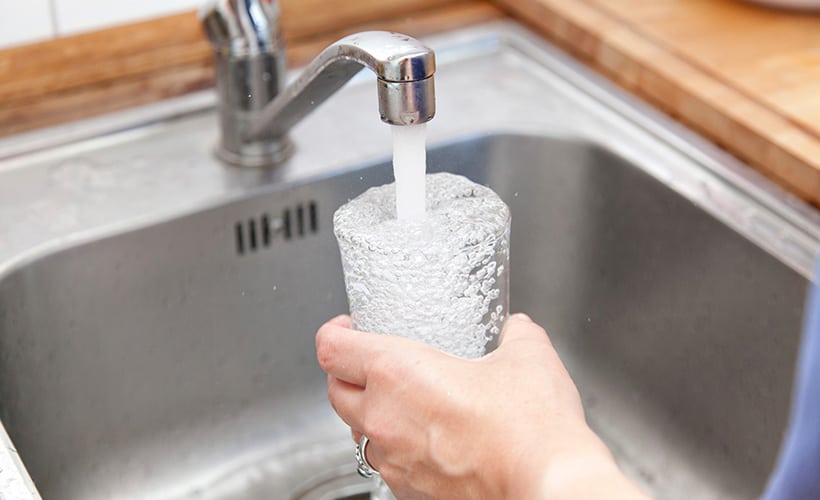

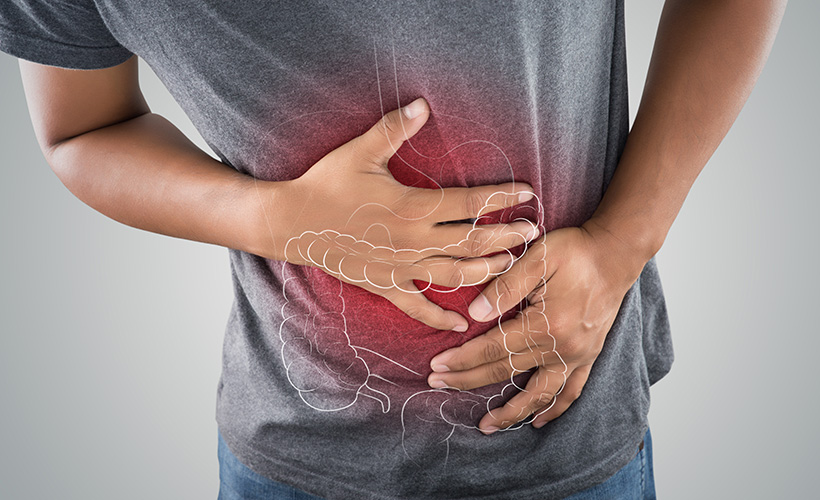
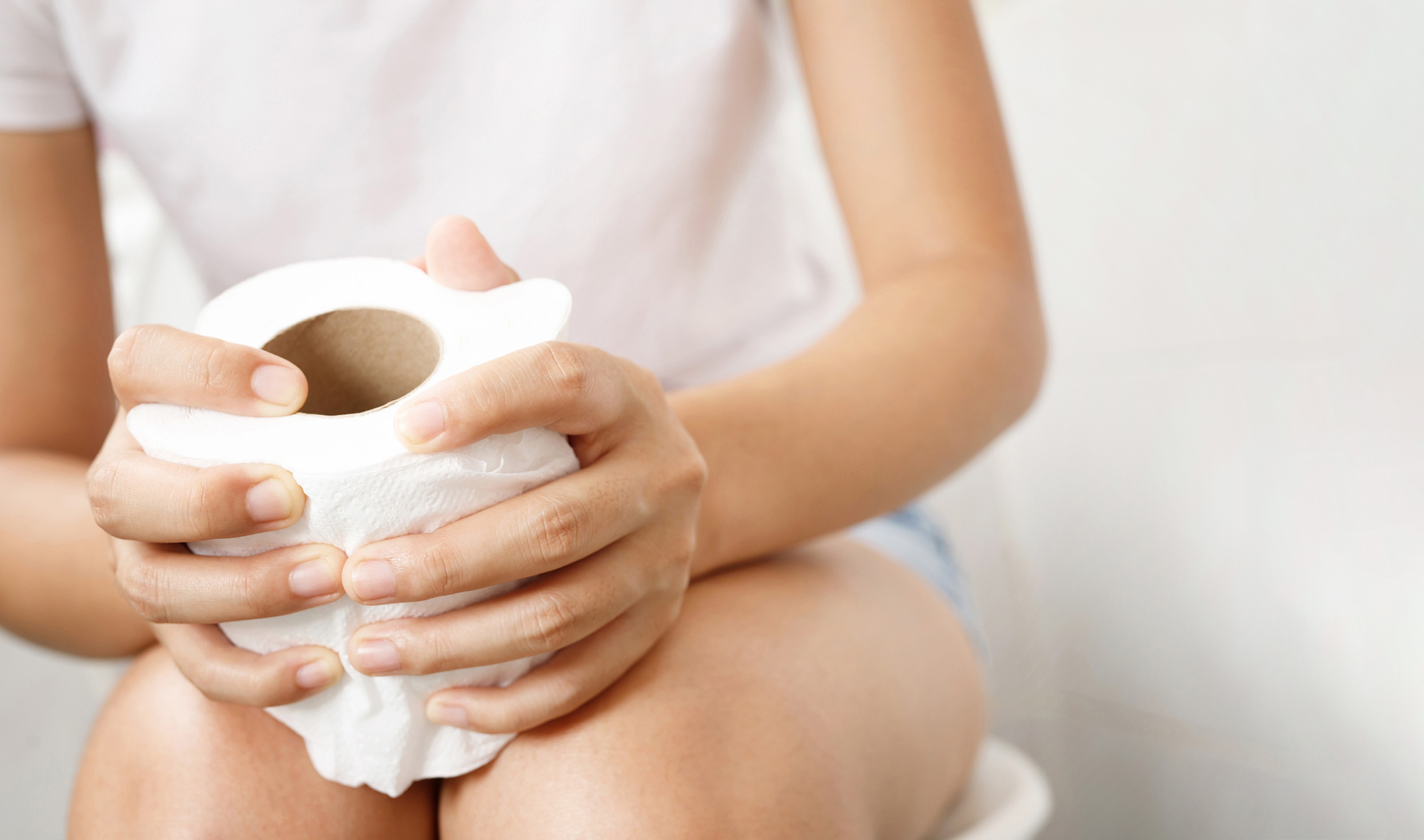



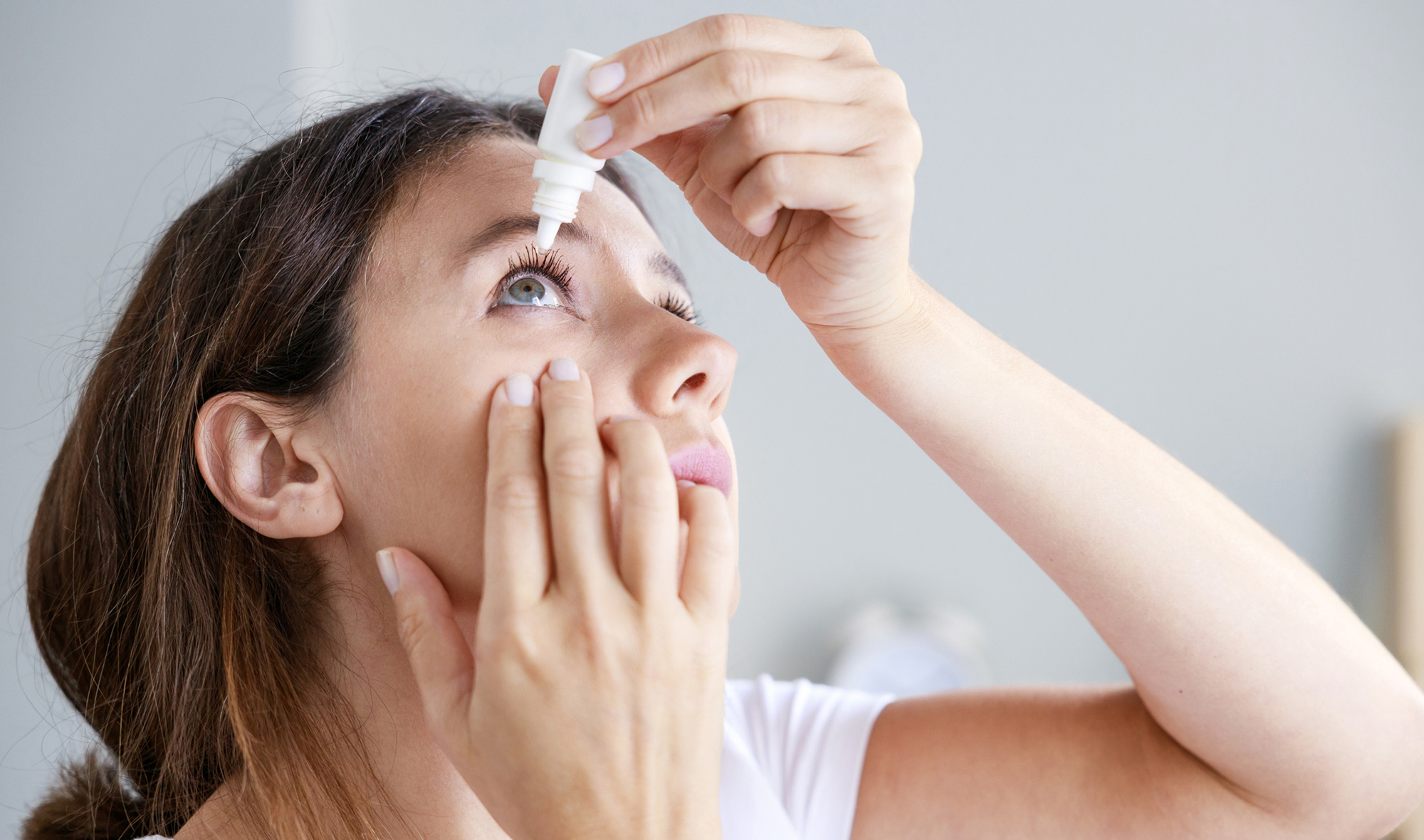
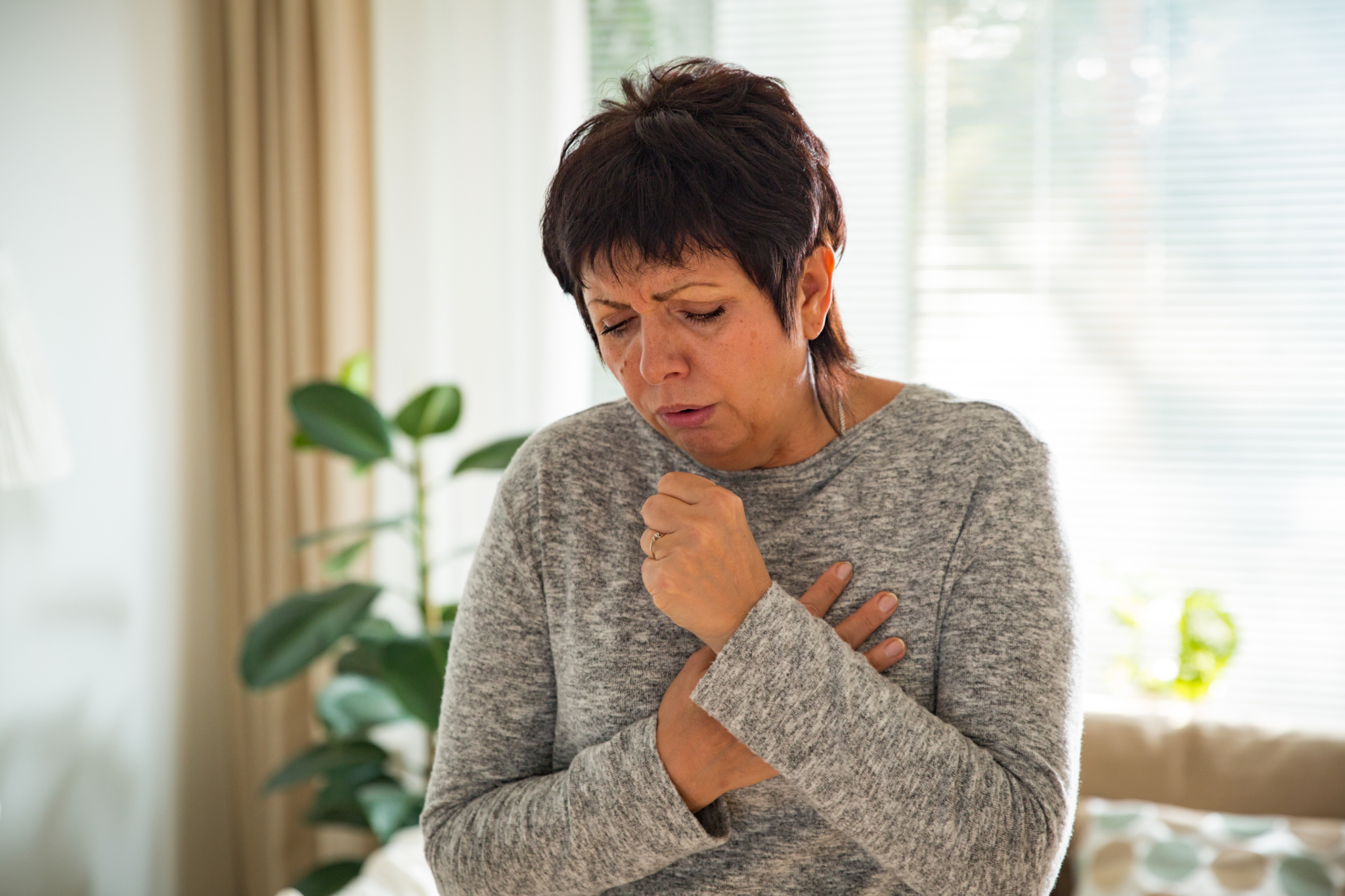
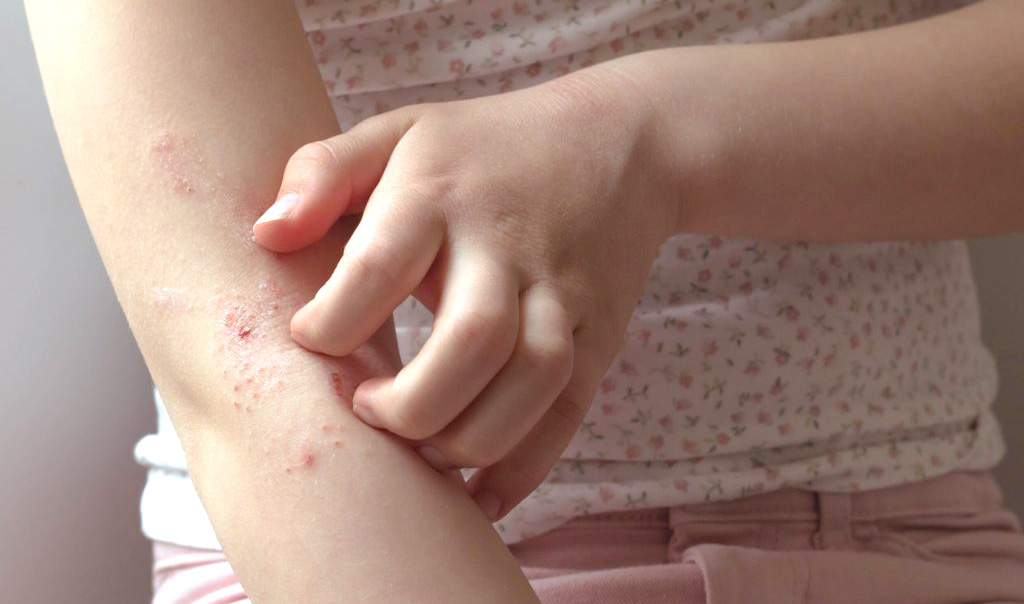

Community